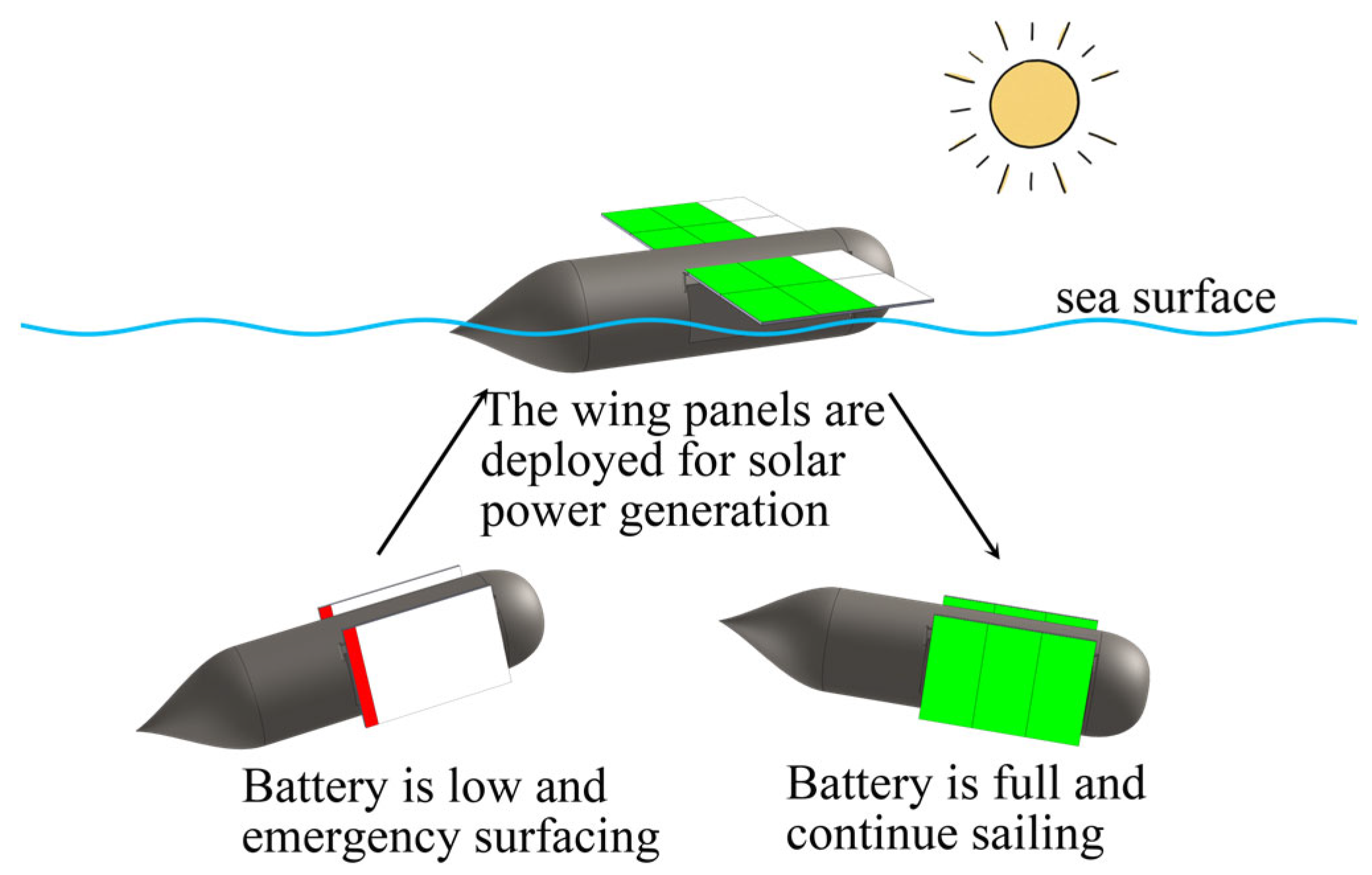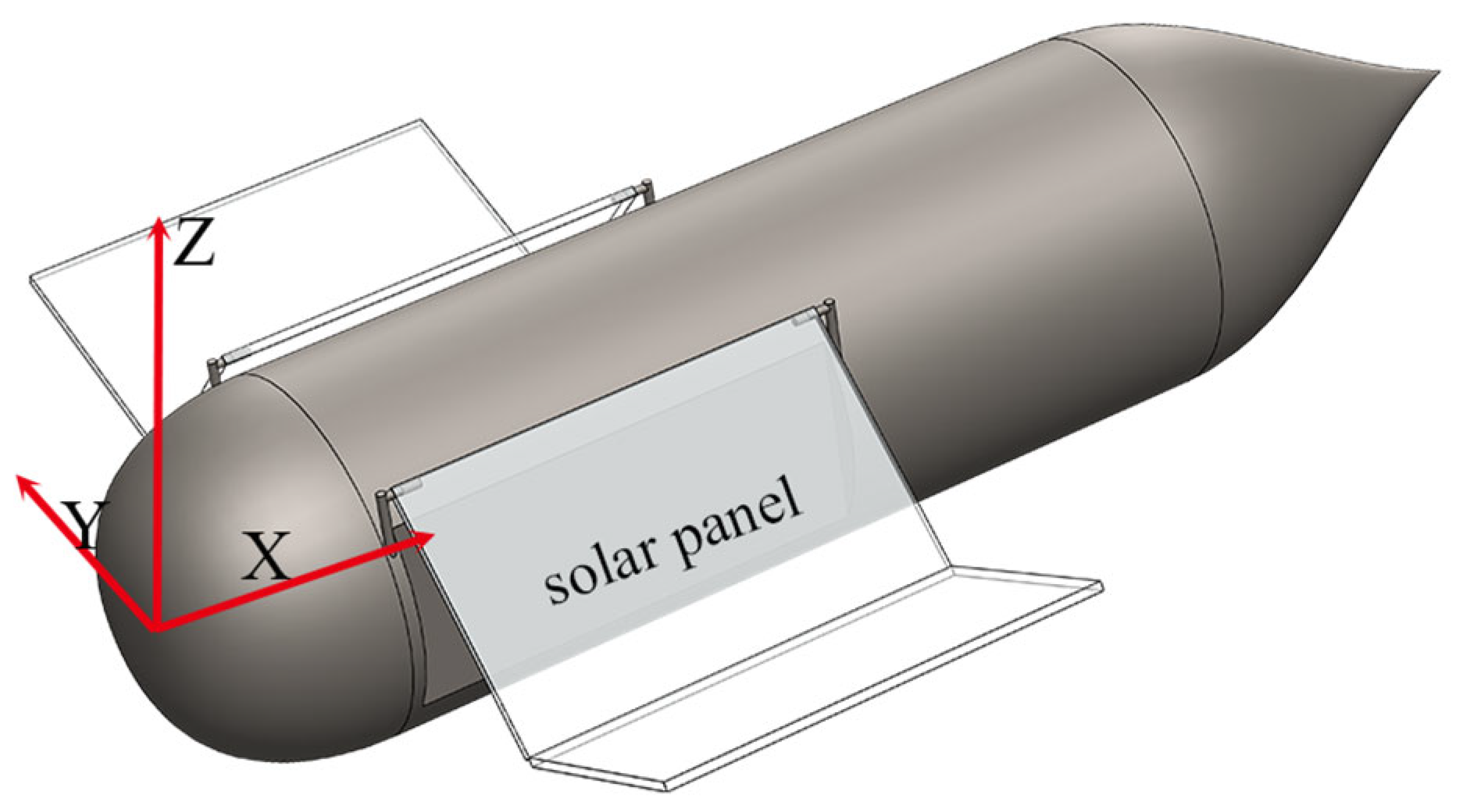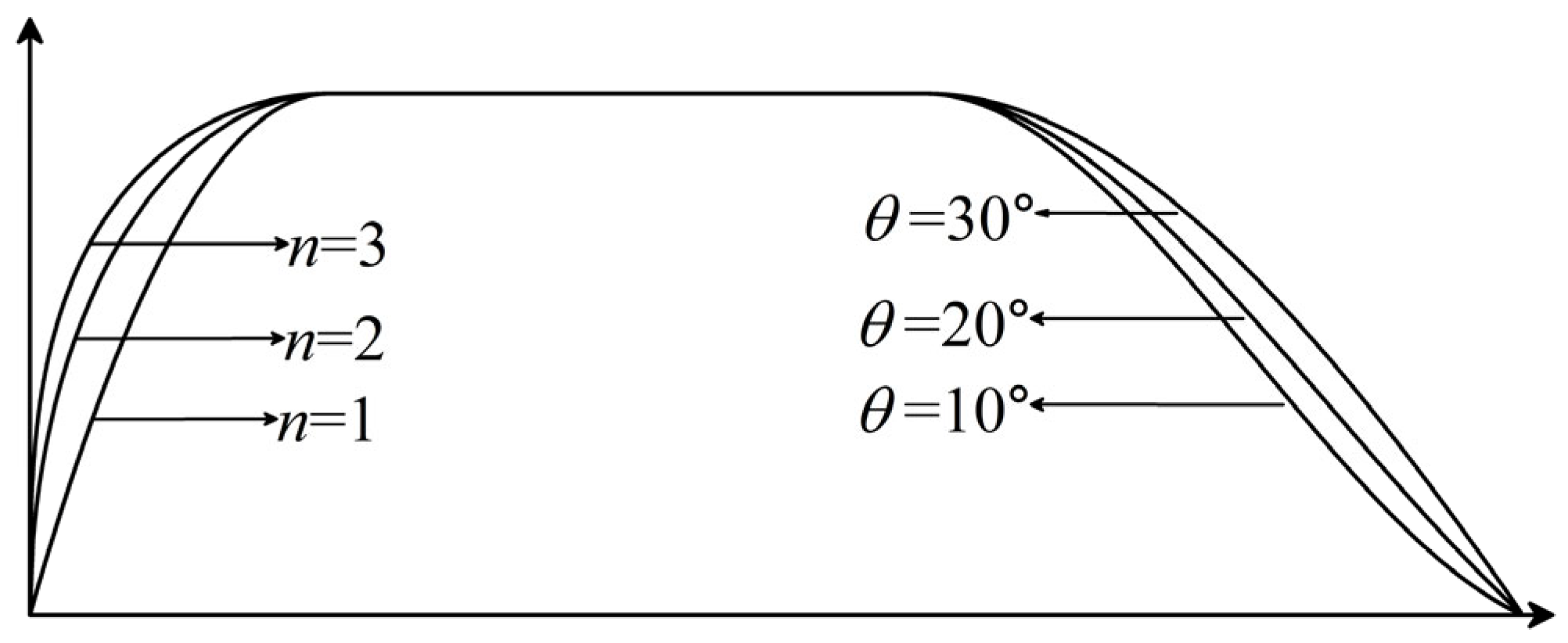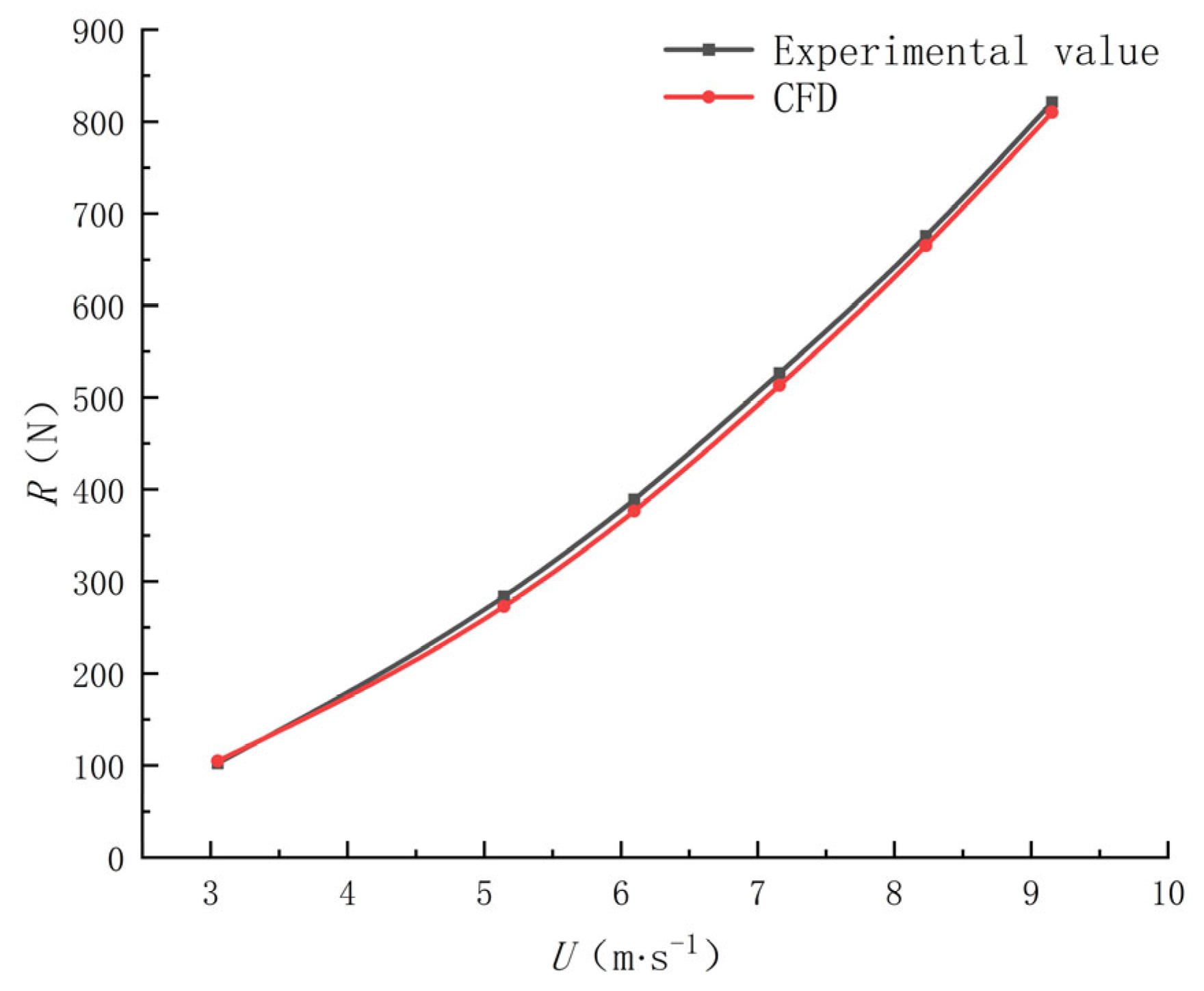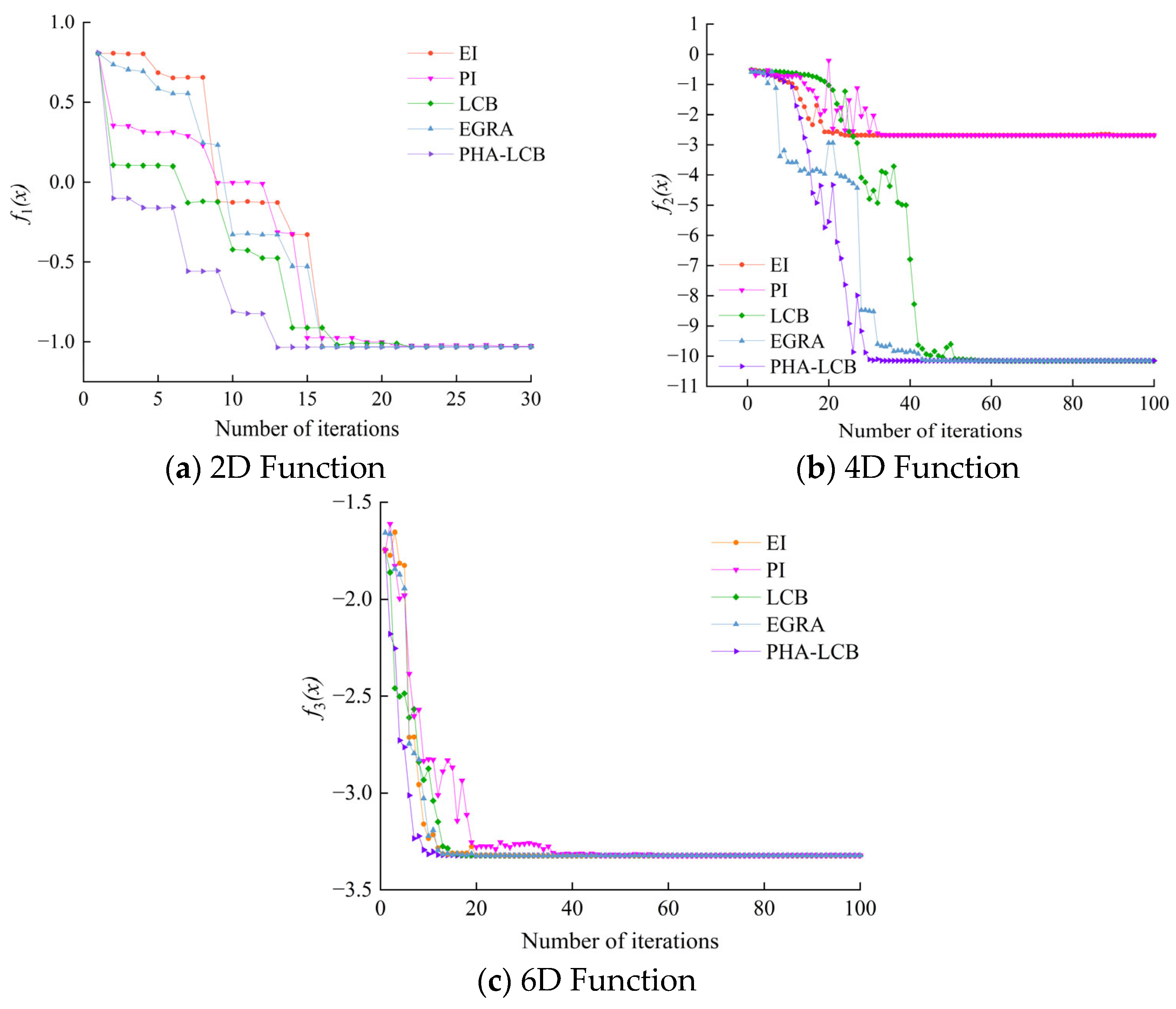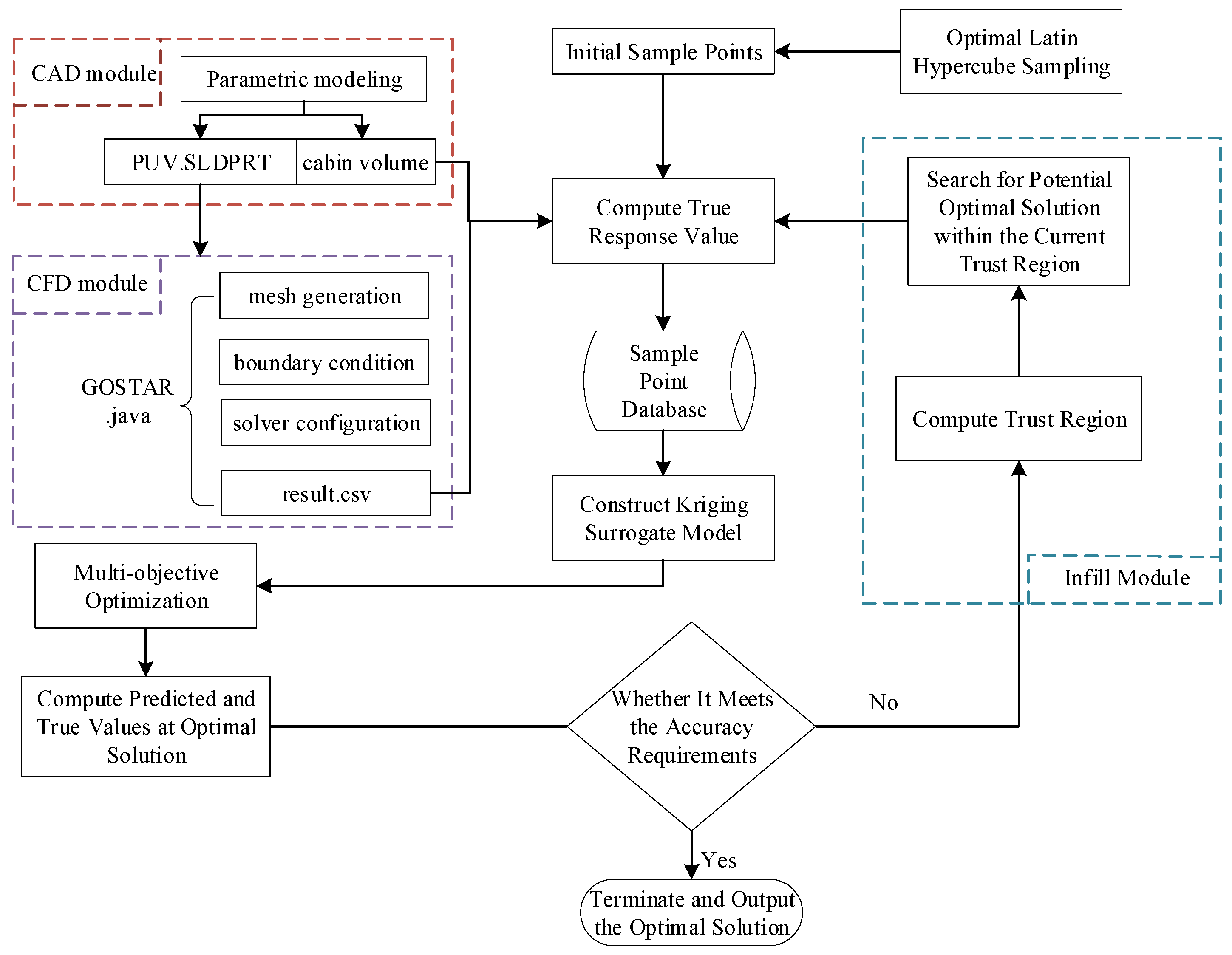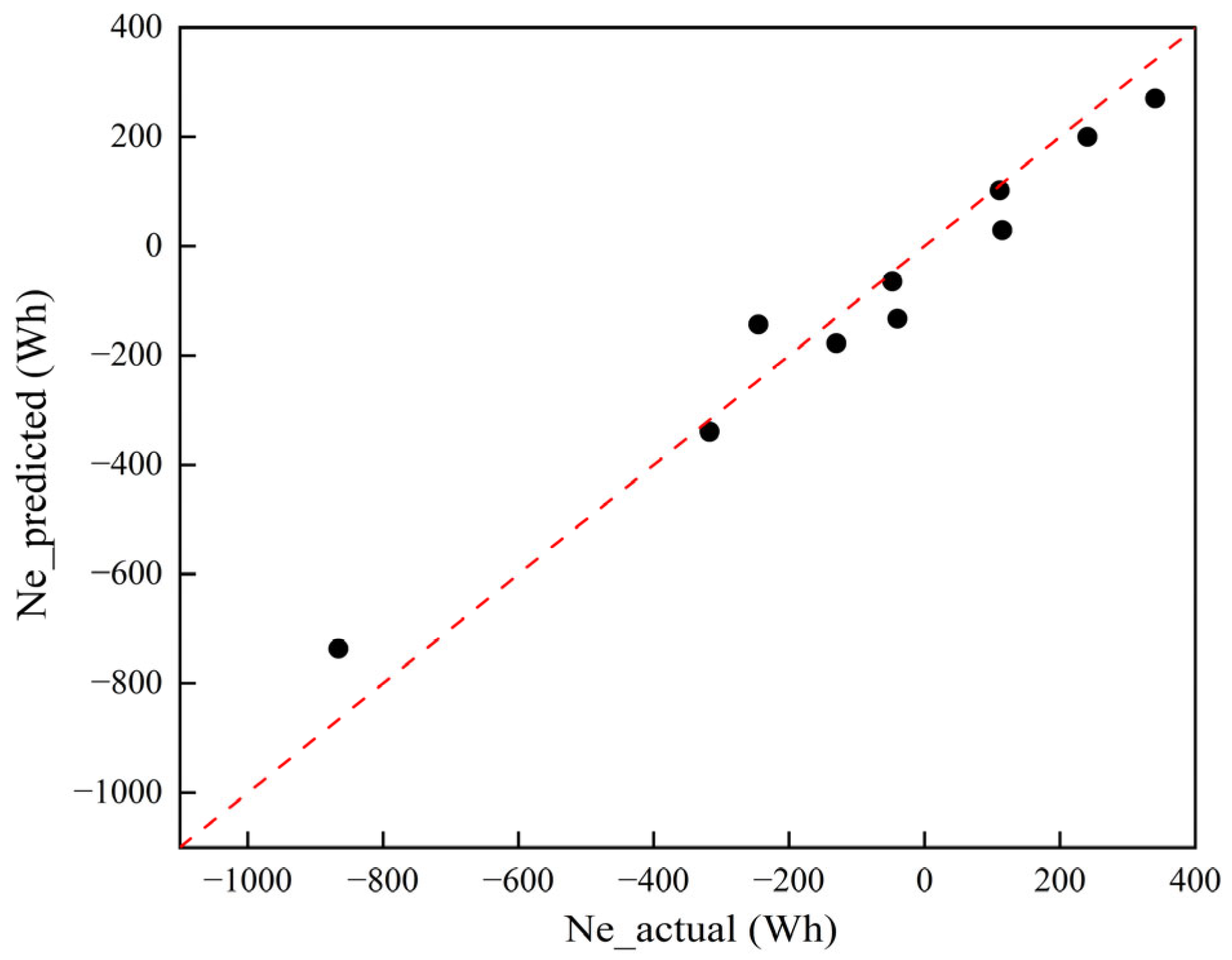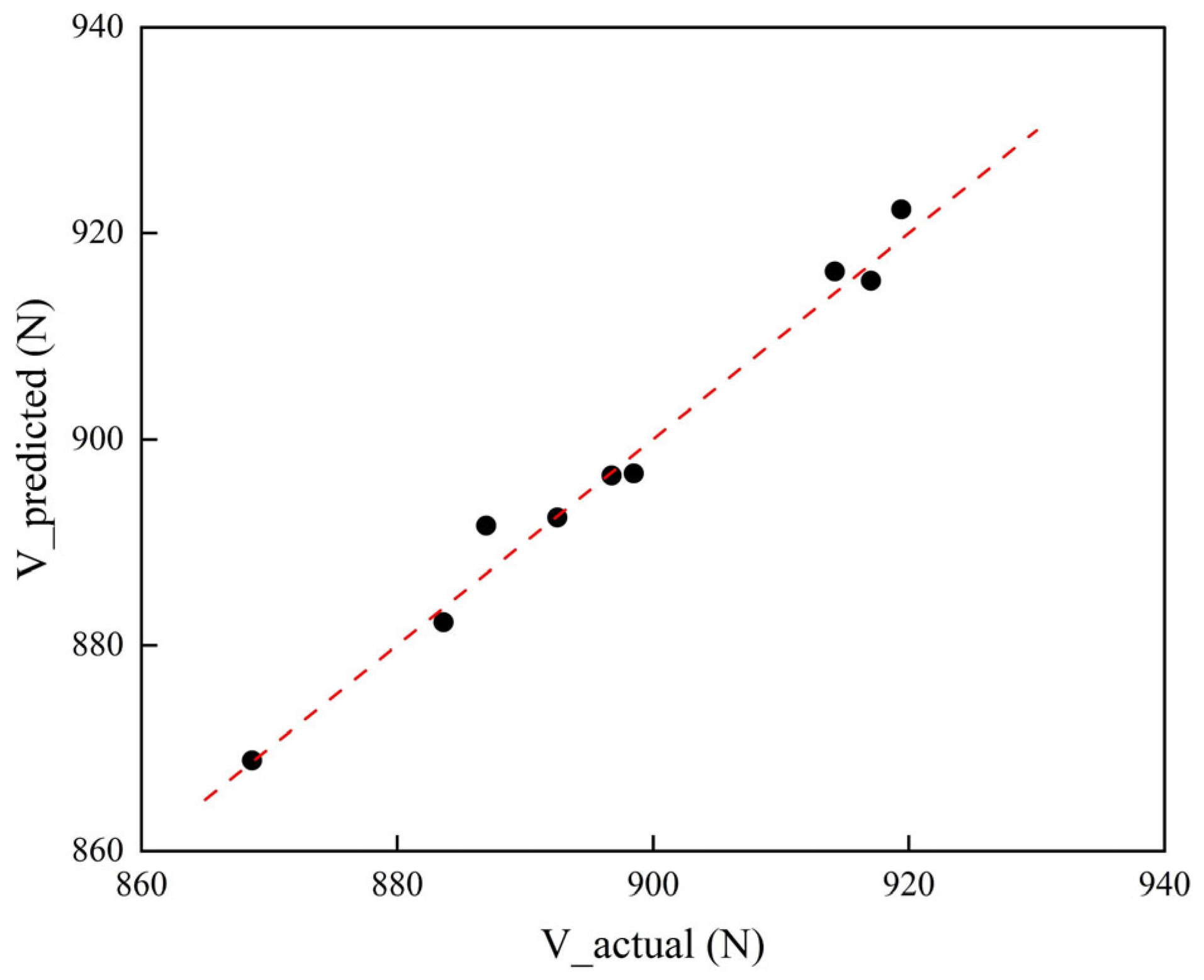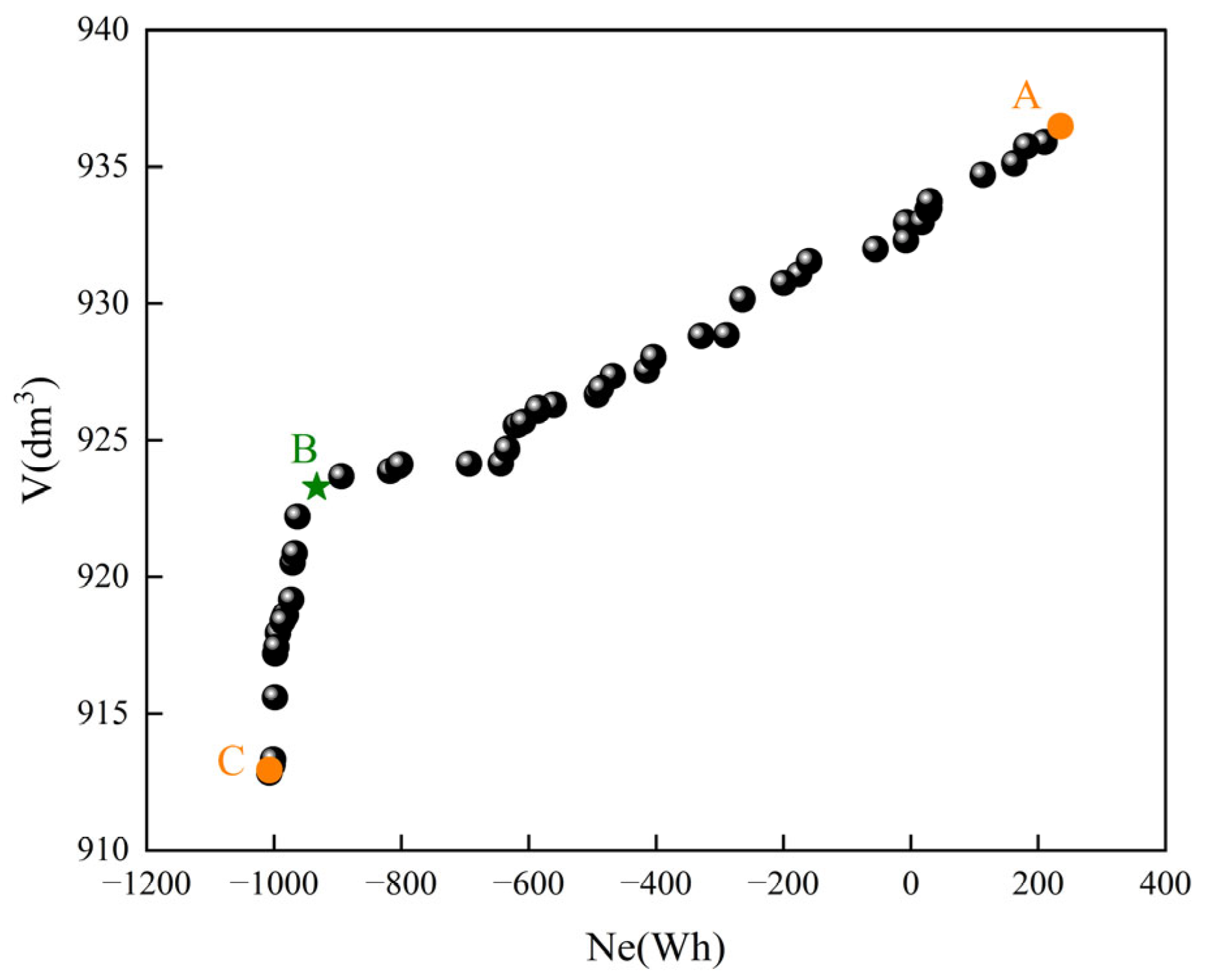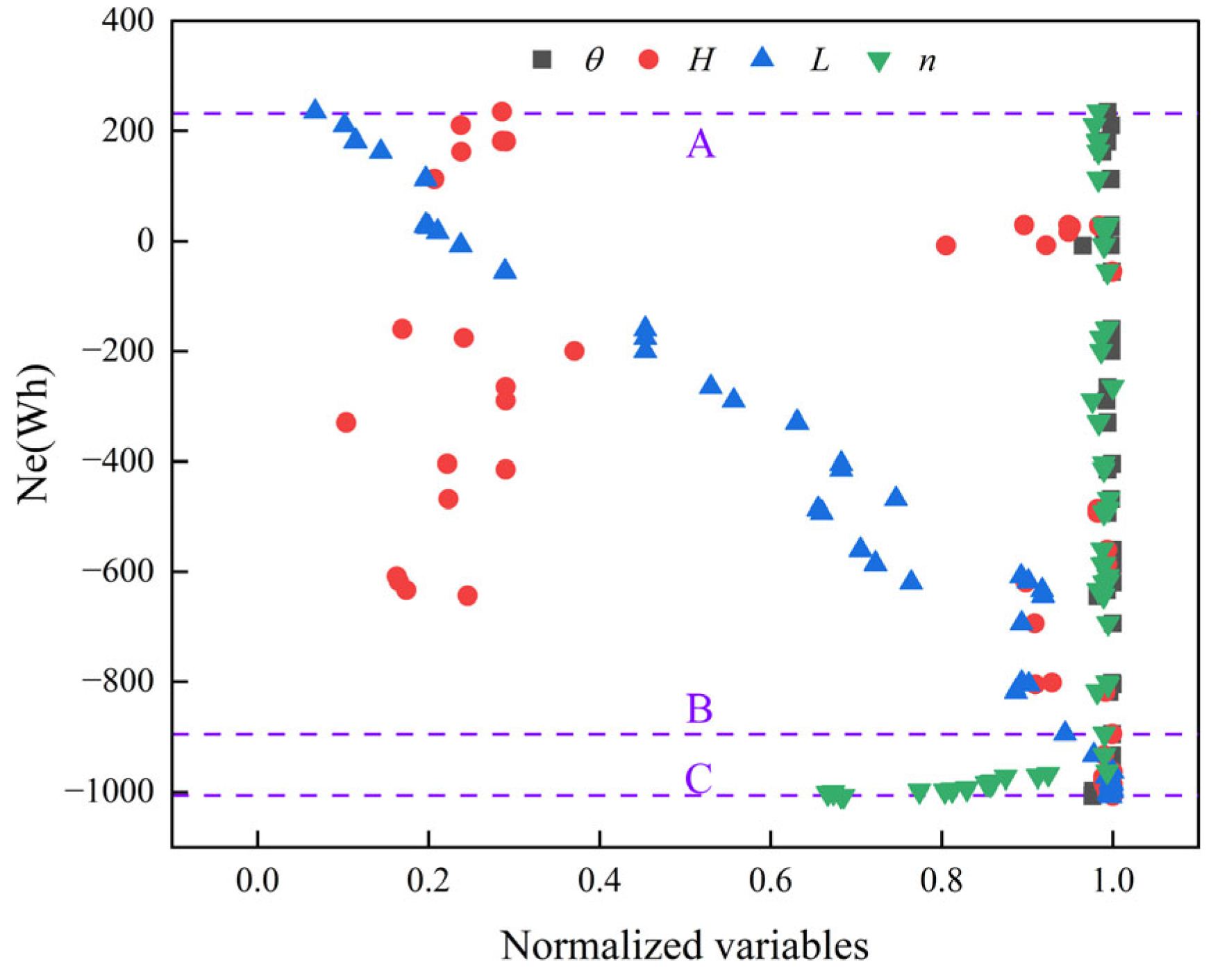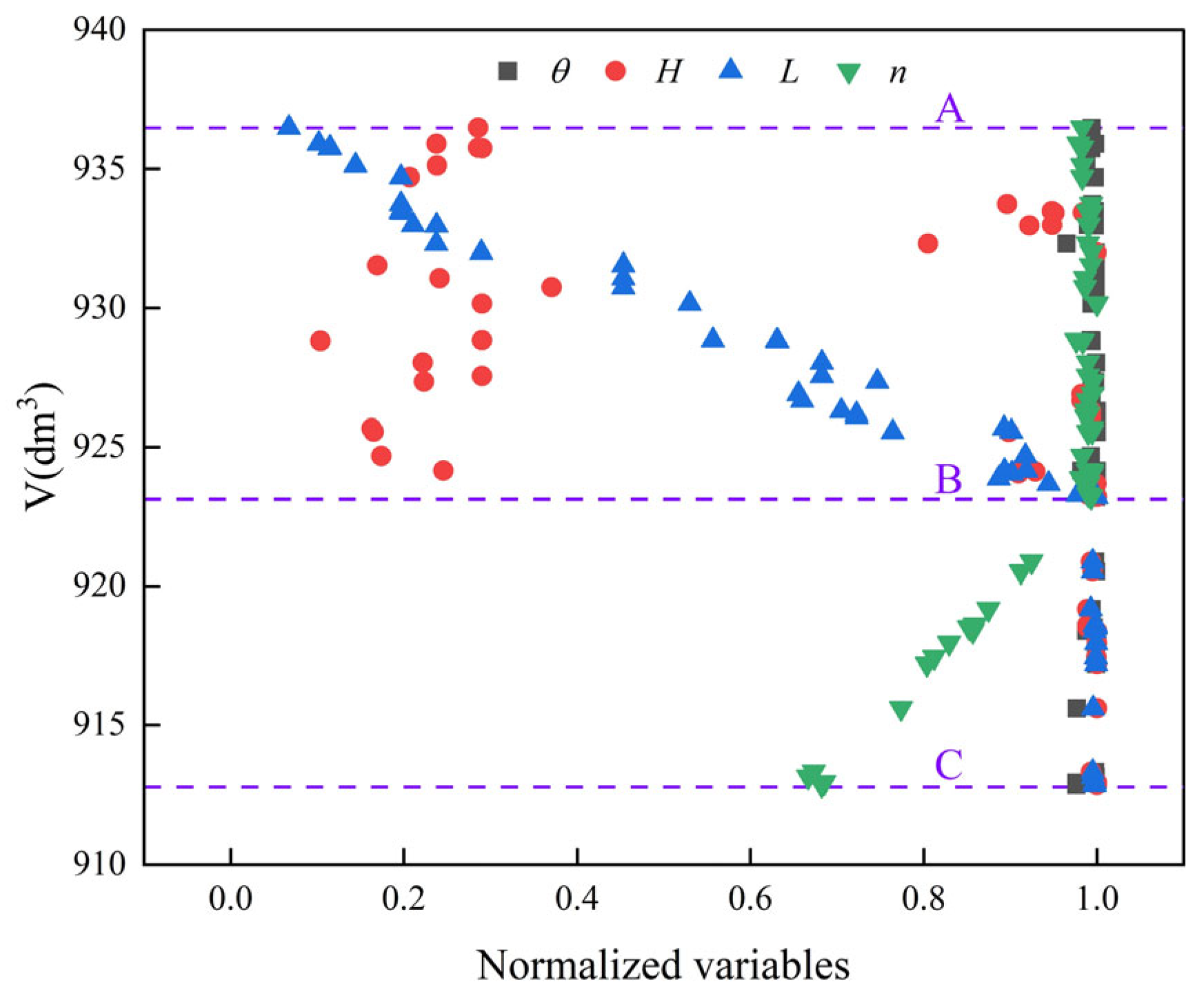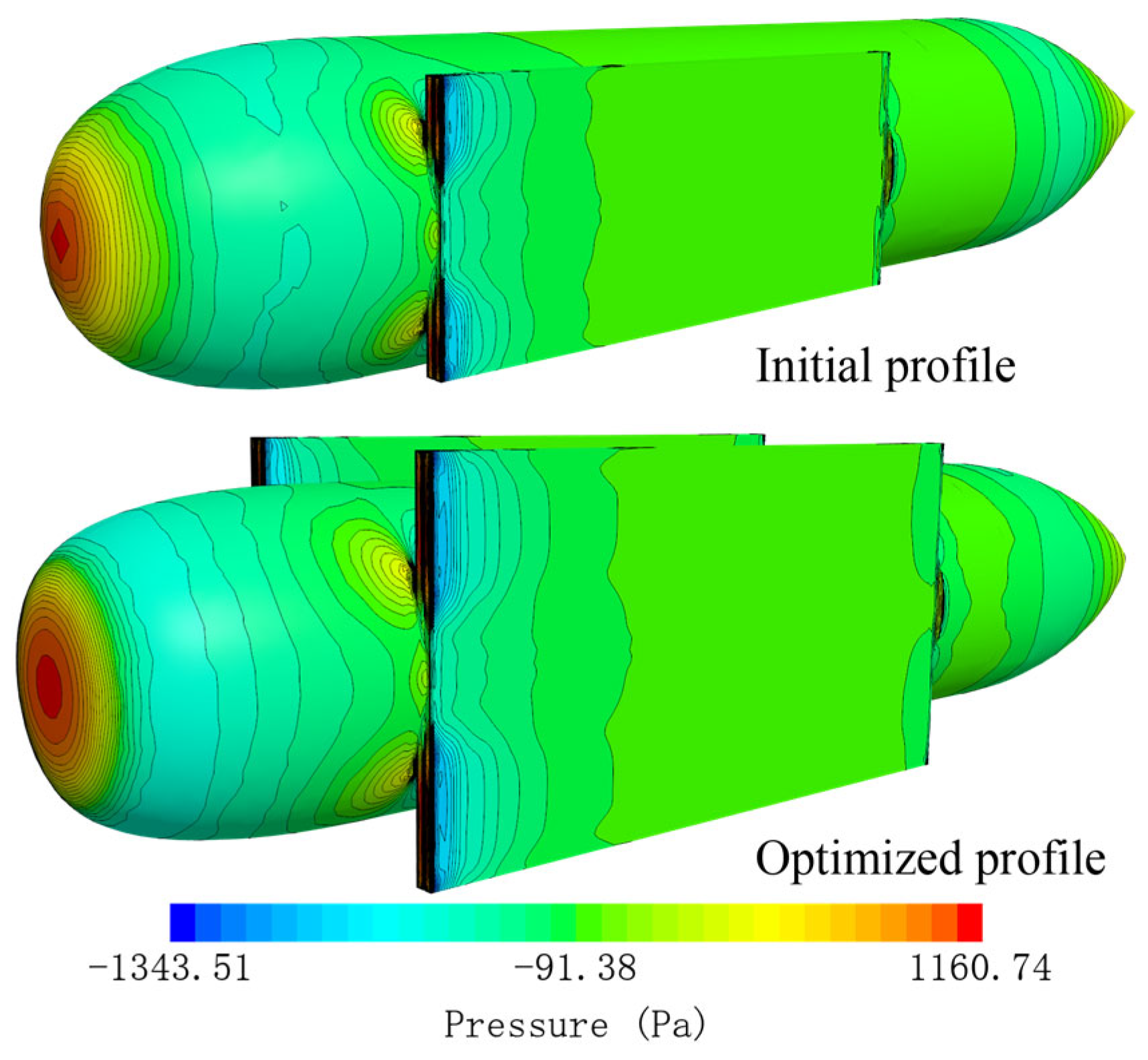1. Introduction
Underwater Unmanned Vehicles (UUV), as self-contained, agile, and technologically sophisticated miniaturized marine platforms capable of substituting human operations in multifarious adverse marine environments, demonstrate pivotal instruments for oceanic exploration and exploitation [
1]. As humans progressively explore deep-sea territories, the operational spectrum of UUVs has expanded exponentially, rendering prolonged endurance and extended surveillance capabilities paramount selection criteria for mission-critical applications [
2].
The energy constraints inherent in UUV design, arising from the necessity to integrate sensor suites while maintaining compact power sources, constitute a primary technical bottleneck impeding their operational scalability [
3]. Regardless of the proliferation of high-energy-density batteries such as Mg-AgCl cells [
4], lithium-ion systems [
5], and fuel cells [
6], these solutions remain insufficient to sustain the round-the-clock, long-duration missions demanded by contemporary oceanographic paradigms. There are two ways to solve this problem; one is to consider how to use external energy sources to power the UUV. UUVs can be powered by establishing a series of underwater charging stations, but this scheme has many disadvantages. First, conventional underwater charging methods typically rely on wet connectors, which are susceptible to corrosion and marine organisms clinging to them during long-term static immersion in seawater, affecting the reliability and safety of charging [
7]. Secondly, the underwater charging process places extreme demands on the positioning accuracy of the UUV, especially when docked to a charging station, where any small deviation can cause a charging failure, which increases the difficulty and complexity of charging. Additionally, the complexity of the underwater environment, such as ocean currents, waves, and lighting conditions, can also interfere with the charging process, reducing charging efficiency and success rate [
8]. Furthermore, underwater charging equipment is expensive to maintain and overhaul, and the repair process is complex and time-consuming in the event of a failure [
9]. The above drawbacks limit the large-scale use of underwater charging stations, while the technology of power generation from environmental energy sources provides a new power supply scheme for UUVs [
10]. Zhang [
11] and Chen [
12], et al., for example, proposed using wave energy for power generation devices but, constrained by the UUV’s internal space, its power generation would be small and would need to involve a three-stage energy conversion device. Its system complex conversion efficiency is low compared to other wave energy-using devices, whereas solar-powered devices, such as SAUV-I and SAUV-II developed by the United States Naval Research Agency [
13], with their simple structure and high power generation, are a potential technology [
14]. In addition, with advances in photovoltaic panel technology, scholars are currently demonstrating that using solar power to power UUVs near water is a more feasible method, and Rohr et al. have shown that solar panels made using broadband gap semiconductors can achieve efficient power generation within 50 m underwater [
15].
From another perspective, the employment of multidisciplinary optimization techniques diminishes energy expenditure during UUV navigation. Among various design considerations, hydrodynamic performance constitutes a focal point for naval architects because an optimized hydrodynamic configuration can effectively mitigate navigational resistance and play a crucial role in enhancing the operational radius of UUVs [
16]. With advancements in high-performance computing, Computational Fluid Dynamics (CFD) has been extensively applied to analyze the hydrodynamic characteristics of underwater vehicles. In contrast to conventional tank testing methodologies, CFD methodologies avoid the need for physical prototypes and allow parametric modifications through virtual three-dimensional models to facilitate iterative experiments at substantially reduced costs [
17]. By employing ANSYS FLUENT software to generate AUV hull contours based on Myring’s equation, Sener and Aksu [
18] investigated the influence of bow configurations on resistance performance and flow characteristics. Their findings reveal significant impacts on both pressure drag and frictional resistance. Qin [
19] conducted parametric modeling of a blended-wing-body underwater glider, optimized its lift-to-drag ratio through STAR-CCM+ software, and achieved a 14% improvement in optimal aerodynamic efficiency.
While CFD-based AUV shape optimization offers high precision and cost-effectiveness, its computational demands heavily rely on high-performance computing resources. Concerning complex three-dimensional flow simulations, CFD requires substantial computational resources and time, hindering rapid model iterations [
20]. To reinforce optimization efficiency, researchers have integrated CFD with surrogate models for AUV shape optimization, enabling rapid and high-precision iterations. This approach involves the following: (1) sampling representative points within the variable domain by methods such as random, uniform, or optimal Latin hypercube sampling; (2) constructing corresponding shapes and calculating their response values by CFD software to establish a sample library; (3) training surrogate models based on the sample library; and (4) employing optimization algorithms to find optimal AUV shapes that satisfy constraints.
Liu [
21] developed surrogate models to optimize AUV resistance, volume, and angle of attack through optimal Latin hypercube sampling and neural networks. The results reveal that shorter midships with longer fore and aft sections reduced resistance at speeds above 1 m/s. Zhang [
22] developed an automated optimization platform in Python for BWBUG shape optimization by integrating geometric deformation, CFD solving, surrogate modeling, and optimization strategies, achieving a 20.7% increase in lift-to-drag ratio. Tang [
23] proposed a surrogate modeling method through gene expression programming and improved drag prediction accuracy by 13.66% compared to response surface models with the same number of sample points.
The aforementioned studies that utilized single-sampling methods to generate surrogate model sample sets may require large sample sizes for complex optimization problems, resulting in low optimization efficiency. In contrast, dynamic sampling strategies can update sample libraries adaptively, achieve high-precision surrogate models with fewer sample points, and improve optimization efficiency. Luo [
24] put forward a dynamic surrogate model based on trust regions and lower confidence bounds to optimize AUV resistance and energy consumption, so as to ensure both local and global optimization capabilities by adaptively adjusting the balance parameter of the confidence bound. To maximize the volume of appendage-equipped AUVs while minimizing resistance, Chen and Feng [
25] introduced an adaptive sequential sampling method to update the Kriging model database, lowering sample sizes while maintaining precision.
In summary, dynamic surrogate models, with advantages such as high efficiency, high precision, and low sample requirements for engineering optimization problems, are particularly valuable for computationally expensive optimization tasks. Current research on dynamic surrogate models in the field of UUV optimization remains limited and needs further investigation.
In this study, a foldable solar panel integrated into a UUV was designed by combining the two approaches to enhance UUV endurance. It deploys during near-surface charging and retracts during underwater navigation, as shown in
Figure 1. The shape of the photovoltaic-powered UUV was optimized following the workflow illustrated in
Figure 2. With 24 h energy consumption and cabin volume as optimization objectives, navigation resistance and theoretical solar panel power generation for various UUV shapes at identical speeds were first calculated by STAR-CCM+ 2206 for the establishment of a UUV energy consumption model. The cabin volume was derived from SOLIDWORKS 2021 outputs. These modules were integrated into the ISIGHT 2022 optimization platform, where the CFD calculation module was replaced by a dynamic Kriging model. Additionally, the initial sample points for constructing the surrogate model were generated through an optimized Latin hypercube design and iteratively updated via the proposed Phased Hybrid Adaptive Lower Confidence Bound (PHA-LCB) infill criterion. The main contributions of this research are drawn as follows. (1) A new UUV configuration was proposed, providing a feasible solution for enhancing UUV endurance. (2) The PHA-LCB infill strategy was introduced to significantly improve PUV shape optimization efficiency, guiding the management of similar engineering optimization issues.
4. ISIGHT Integrated Optimization
4.1. Optimization Objectives
This study aimed to optimize the shape of the PUV within the parameter range, so as to minimize its 24 h energy consumption while maximizing the PUV cabin volume. The objective function for 24 h energy consumption is defined as [
16].
where
denotes the fluid density;
represents the drag coefficient;
indicates the wetted surface area of the PUV;
embodies the propeller efficiency, assumed to be 0.9; T1 designates the navigation time within 24 h, which is set at 16 h; P
0 stands for the average power generation per unit area of the solar panel, which is set at 100 W; S refers to the area of the solar panel; and
T2 symbolizes the charging time of the PUV within 24 h, which is set at 8 h.
Another objective function, the cabin volume V, is automatically retrieved by the SOLIDWORKS 2021 module integrated within the ISIGHT 2022 software through accessing the PUV.SLDPRT file.
Based on the above analysis, the optimization model of this study is expressed as
4.2. Establishment of the ISIGHT Automatic Optimization Platform
In this study, SOLIDWORKS 2021, STAR-CCM+ 2206, and MATLAB 2019 modules were integrated into ISIGHT to achieve automation of the optimization work with its powerful data coupling function. The optimization flowchart and the constructed ISIGHT integration framework are illustrated in
Figure 10 and
Figure 11, respectively. The detailed steps of the optimization process are described as follows.
- (1)
Sample Library Generation
When k = 1(k represents the number of optimization iterations), the DOE module is used to calculate the true response values of 23 sample points obtained by the optimal Latin hypercube; when k ≥ 1, the DOE module is adopted to calculate the true response values of new sample points generated upon the PHA-LCB infill criterion. The SOLIDWORKS module integrated within the ISIGHT framework enables automated generation of parameterized 3D models based on sampled design variables, which are subsequently exported as PUV.SLDPRT files while concurrently interfacing the volumetric data with the cabin volume calculation module. This computational module is specifically designed to evaluate the cabin capacities of geometrically variant models. Concurrently, the STAR-CCM+ integration module initiates the software execution through a *.bat batch command, thereby invoking the GOSTAR.java script to automate sequential operations including 3D model import, adaptive mesh generation, computational fluid dynamics (CFD) simulation, and post-processing data extraction. The energy consumption function is calculated with Formula (51) and the data from the STAR-CCM+ module. After the DOE module completes the calculation, the model parameters and response values are input into the sample library file.
- (2)
Surrogate Model Generation
MATLAB is utilized to read the corresponding data in the sample library file, generate surrogate models for the two objective functions, and save them.
- (3)
Surrogate Model Optimization
The NSGA-II algorithm is employed to optimize the two surrogate models generated in step 2. The population size is set to 80, the number of generations is 200, the crossover probability is 0.85, the mutation distribution index is 20, and the crossover distribution index is 10.
- (4)
Response Value Calculation at the Optimal Solution
A set of optimal solutions is randomly selected from the Pareto front in step 3 to calculate the true response values.
- (5)
Generation of New Sample Points
New sample points are generated following the PHA-LCB sampling criterion and passed to the DOE component.
- (6)
Termination Condition
The termination condition is determined by the Loop component. The termination condition set in this study are as follows: (1) that the error between the predicted and true values of the energy consumption objective is less than 1%, namely, , and (2) .
4.3. Surrogate Model Performance Evaluation
According to the above infill criteria, the final sample library was established, and an additional 10 sample points were generated to evaluate the global accuracy of the two surrogate models, as exhibited in
Figure 12 and
Figure 13. The R
2 calculation formula is
The R2 values of both surrogate models are calculated to be greater than 0.95, suggesting that both models have high accuracy and can be used for subsequent optimization analysis.
4.4. Optimization Results
The ultimate goal of this study is to design a photovoltaic-powered UUV with lower 24 h energy consumption and a larger cabin volume. The NSGA-II optimization algorithm was employed to optimize the two conflicting objective functions with the shape parameters of the bow (
n), the shape parameters of the stern (
), the length of the photovoltaic panel (
L), and the half-height of the photovoltaic panel (
H) as design variables. Finally, a Pareto solution set containing 68 optimal solutions was obtained, as illustrated in
Figure 14. Any two points in the optimal solution set were non-dominated, reflecting that improving one objective function to a more desirable level will inevitably compromise the other objective function [
48].
Three representative solutions (A, B, and C) from the Pareto front were selected for in-depth comparative analysis, and corresponding parameter values are listed in
Table 8. Solution A exhibited the maximum cabin volume, while Solution C demonstrated optimal energy consumption efficiency. Transitioning from Point A to Point B, a marginal reduction of 13.19 cubic decimeters in cabin volume produced a substantial decrease of 1148.12 watt-hour in 24 h energy consumption. In other words, by accepting a 1.41% loss in cabin volume, the energy stored by the PUV over 24 h can be increased by 487.9%; from point B to point C, the cabin volume decreases by 1.13%, while the energy stored by the PUV over 24 h only increases by 9.57%. The optimization trajectory from A to B represents a more favorable design evolution path, where the energy-saving benefit significantly outweighs the minor loss in cabin space.
Figure 15 and
Figure 16 illustrate the Pareto optimal solutions demonstrating the evolution of dual-objective functions relative to modifications in PUV’s shape parameters. Then, the variation patterns of the dual objectives—24 h energy consumption and cabin volume capacity—of the PUV in response to design variables were systematically investigated, laying a theoretical foundation for optimizing its morphological configuration. The dashed lines in these visualizations denote the objective function values corresponding to the three critical design points labeled A, B, and C, constructing a multi-dimensional parametric analysis framework for design optimization.
A pronounced observation emerged from the graphical analysis. Specifically, the variation in photovoltaic panel length (
L) exhibited significantly greater magnitude compared to other design variables. As photovoltaic panel length increased, 24 h energy consumption underwent a rapid decline, accompanied by a reduction in cabin volume capacity. The reasons for this inverse relationship can be explained as follows. The expansion of the photovoltaic panel’s length led to an increase in the portion cut off by the PUV, contributing to the lessened available cabin capacity space. Among the four design variables examined in this study, photovoltaic panel length exerted the most profound influence on 24 h energy consumption, displaying a contrary trend—a finding congruent with the sensitivity analysis presented in
Section 3.1. Concurrently, the bow shape index (
n) demonstrated a notable positive correlation with cabin volume capacity since its increment engendered a plumper bow profile that enhanced volumetric efficiency. The impact of this parameter on cabin volume significantly surpassed that of other variables, maintaining a consistent trend with the sensitivity analysis results outlined in
Section 3.1.
Paradoxically, the augmentation of bow shape index (
n) produced negligible variations in energy consumption. This phenomenon stemmed from the dual-determinant of 24 h energy expenditure: photovoltaic panel area and direct navigation resistance. While increased bow shape index elevated hydrodynamic resistance, photovoltaic panel length served as the dominant factor influencing energy consumption, as confirmed by the preceding analysis. Within the Pareto solution set, design variables exhibited non-uniform variations, resulting in inconspicuous trends between bow shape index and energy consumption function. Similarly, the photovoltaic panel half-height (
H) within the Pareto solutions ranges between 190–400 mm, which exceeded hull protrusion thresholds and thus exerted no discernible impact on internal cabin volume. Consequently, the visualization demonstrated an asymptotic relationship between panel half-height and cabin volume. The stern shape index, despite minimal variation, is correlated with divergent energy consumption and cabin volume values. As elucidated in
Section 3.1’s sensitivity analysis, the individual influence of this parameter remained comparatively marginal, and the synergistic effects of other variables collectively determined the dual-objective functions. Hence, nearly identical stern shape index values corresponded to varied PUV performance metrics within the Pareto solution set, underscoring the complex interplay of multi-variable optimization.
Furthermore,
Figure 15 and
Figure 16 reveal several insightful correlations that provide invaluable guidance for the morphological design of photovoltaic-powered unmanned underwater vehicles. During the transition from Point A to Point B, both the bow shape index (
n) and stern shape index (
θ) exhibited negligible variations, maintaining near-constant values throughout this interval. Progressing from Point B to Point C, all parameters remained practically invariant except for the aforementioned index n. These marginally altered geometric descriptors inherently simplified the identification of their optimal configurations, highlighting the methodological superiority of multi-objective optimization frameworks over conventional single-objective approaches. Such frameworks enhanced problem-solving efficacy while expanding the solution space available to designers by generating diverse Pareto-optimal solutions.
Three-dimensional models of the PUV were constructed with parameter combinations corresponding to Points A, B, and C on the Pareto front to validate the optimization outcomes. Subsequent evaluations of the dual objective functions yielded empirical results with a maximum deviation of 6.67% between predicted and actual values, as demonstrated in
Table 9. This remarkable consistency not only attested to the precision of the optimization process but also reinforced the practical viability of the derived solutions. After these findings were synthesized with the operational requirements of the present study, Point B was ultimately selected as the definitive optimal configuration.
Figure 17 presents a 3D comparative visualization of the initial and optimized hull configurations. The optimized hull exhibits a fuller bow and stern profile, resulting in an increased cabin volume. Concurrently, the optimized design demonstrates elongation in both the length and height of the photovoltaic panels, directly contributing to elevated hydrodynamic resistance. However, the optimized hull achieves a marked enhancement in energy efficiency performance. As detailed in
Table 9, despite compensating for additional energy consumption arising from heightened navigation resistance, the optimized configuration attains a net energy gain of 1165.34 Wh compared to the initial design.
As shown in
Figure 18, the optimized model demonstrates a primary increase in the pressure drag, which contributes to the overall rise in total drag.
Figure 19 and
Figure 20 present comparative visualizations of pressure contours and streamline patterns for both the baseline configuration and optimized PUV design at a flow velocity of 1.5 m/s. The graphical analyses suggest that the optimized PUV exhibited pressure distributions highly comparable to the initial model, yet the integration of photovoltaic panels significantly disrupted the hydrodynamic flow regime around the hull. This disruption manifested as pronounced velocity gradients and pressure fluctuations occurring at the leading edge and trailing edge of the panels. Specifically, the impingement of fluid onto the panel’s anterior surface brought about a reduction in flow velocity, generating a localized zone of low-velocity high-pressure stagnation. Downstream from this interface, the flow rapidly transitioned into a high-velocity low-pressure regime, creating substantial pressure differential-induced drag forces. The optimized hull configuration features a more voluminous bow and stern, increasing cabin capacity by 24.91 dm
3 over the baseline design. However, this geometric modification also generates elevated pressure concentrations at the bow section, resulting in a corresponding increase in the total drag for the optimized variant.
Nonetheless, this apparent hydrodynamic compromise was strategically offset by the 72.13% expansion in photovoltaic surface area achieved through the optimization process. The enhanced panel dimensions facilitated significantly greater power generation capacity per unit time, and the additional electrical energy produced over a 24 h operational cycle far surpassed the incremental energy expenditure attributable to increased drag. Consequently, the optimized configuration demonstrated a marked reduction in overall 24 h energy consumption compared to the baseline model, while simultaneously demonstrating an increase in cabin volume. In a 24 h day–night cycle, relying solely on solar photovoltaic system power, through rational adjustment of charging times, the optimized PUV sailing range reaches 93.96 km, an increase of 22.36% compared to the initial PUV, as shown in
Table 10.
